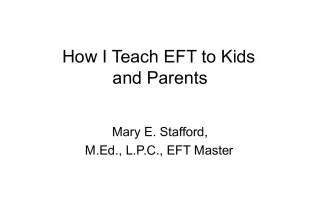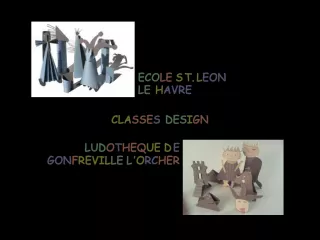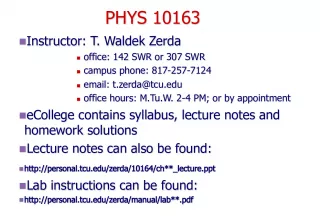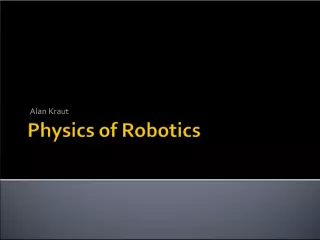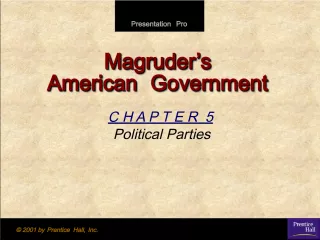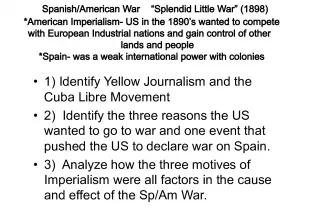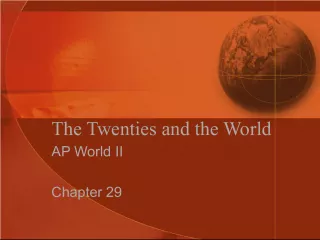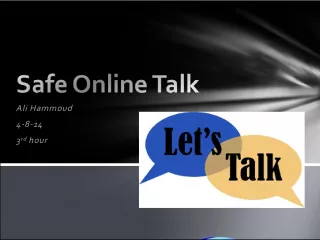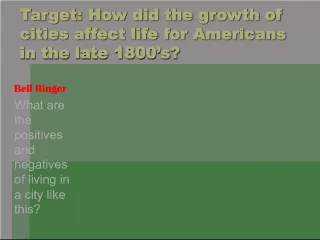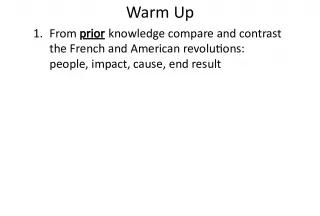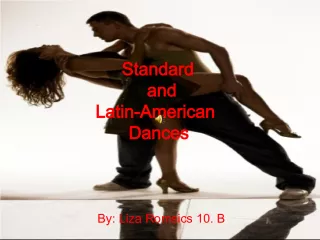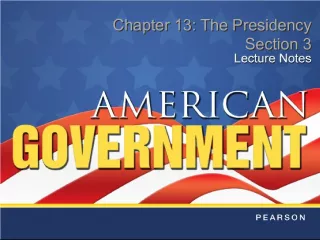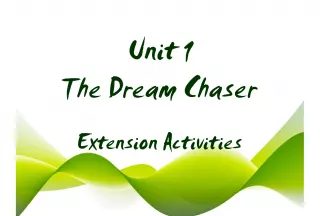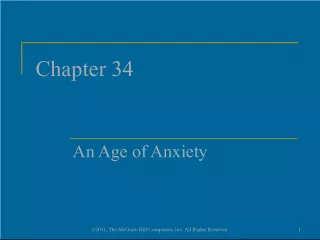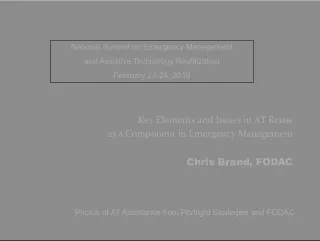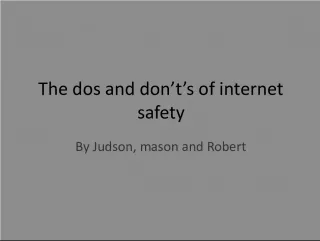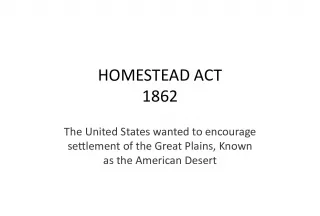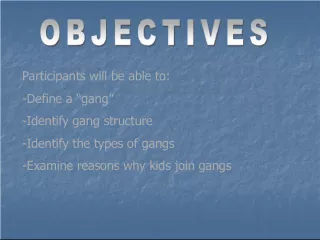League of American Bicyclists Kids I Course with Experienced Instructor Chris Daigle


Join the League of American Bicyclists Kids I Course with Chris Daigle, an experienced cyclist, racer, coach, and instructor. He has extensive training and has been riding for 25 years. Enroll your kids to empower them with cycling proficiency and safety skills.
- Uploaded on | 1 Views
-
 maximillian
maximillian
About League of American Bicyclists Kids I Course with Experienced Instructor Chris Daigle
PowerPoint presentation about 'League of American Bicyclists Kids I Course with Experienced Instructor Chris Daigle'. This presentation describes the topic on Join the League of American Bicyclists Kids I Course with Chris Daigle, an experienced cyclist, racer, coach, and instructor. He has extensive training and has been riding for 25 years. Enroll your kids to empower them with cycling proficiency and safety skills.. The key topics included in this slideshow are Chris Daigle, League of American Bicyclists, Kids I Course, Bicycle Safety, Training,. Download this presentation absolutely free.
Presentation Transcript
2. Welcome to: League of American Bicyclists Kids I course
3. Chris Daigle 25 years as a cyclist, racer, coach, commuter, tandemist, mechanic, etc. League of American Bicyclists Cycling Instructor #331-K U.S. Cycling Federation Licensed Coach U.S. Cycling Federation Licensed Racer Barnett Bicycle Institute Elite Bicycle Technicians course- Graduate with Excellence Bicycling Instructor for Lafayette Parish School System.
4. What did your first bike mean to you?
5. What did your first bike mean to you? Freedom Independence Fun Peer Status Transportation paper routes (commercial) visit a friend (recreational)
6. As adults, will your children have similar happy memories? That is probably a large part of the reason you are here today you are concerned, responsible parents who would like to insure that they do.
7. The bicycle is not a toy! It is a vehicle! Louisiana Revised Statues: 32:1 (92) Vehicle Means every device by which persons or things may be transported upon a public highway or bridge, except devices moved by human power or used exclusively upon stationary rails or tracks. A bicycle or ridden animal shall be a vehicle, and a trailer or semitrailer shall be a separate vehicle. 32:194 Every person riding a bicycle upon a highway of this state shall be granted all of the rights and shall be subject to all of the duties applicable to the driver of a vehicle by this chapter , except as to special regulations in this part and except as to those provisions of this chapter which by their very nature can have no applications.
8. As adults, will your children have similar happy memories? This is the attitude that will guide children into a lifetime of responsible roadway usage skills.
9. Does education benefit children? Most parents think so or they wouldnt spend many, many dollars for music lessons, dance lessons, gymnastics classes, etc.
10. Does bicycle education benefit children? Absolutely! In 1993 the Hawaii Bicycle League documented that their BikeEd Hawaii Program (for 4 th graders) evaluation indicated that children who participated in bicycle education dramatically improved their riding behavior: Right side riding improved by 7% Helmet usage among children increased by 13% Sidewalk riding decreased by 47% Crashes decreased by 77%
11. Getting Started A properly fitting helmet A properly fitting and maintained bicycle
12. Helmet Helmets are stylish and come in a variety of sizes. Get your children involved in choosing the color and style of helmet! Your job is to make sure that it meets Consumer Product Safety Commission (CPSC) standards. You, the parent, play the key role in helping your child develop the helmet habit early in life. AND, set the right example- always wear your helmet!
13. Helmet Fit Eyes- just able to see the front edge of the helmet. Ears- Straps meet just below the ears. Mouth- When buckled, the chin strap should be tight enough to pull the helmet down on the head.
14. Bicycle - Correct size only! Straddle the bike with both feet on the ground. The child should clear the top tube of the bike. Beginners should have the seat low enough to have the feet flat on the ground when seated.
15. First bikes Should have coaster brakes. Small hands are not strong enough to use hand brakes.
16. Video A Kids Eye View What does the world look like to a child? What basic requirements do parents have in helping their children ride safely? What mistakes do children make when bicycling? What basic skills should children be taught?
17. What does the world look like to a child? Physical considerations - height is a disadvantage
18. What does the world look like to a child? Visual development Children are typically farsighted- outgrowing the condition as they mature. Peripheral vision is not well developed. Eyes are not well coordinated, requiring more time to focus than an adult.
19. What does the world look like to a child? Comprehension Children see only part of a situation. They may see a blur and be unable to focus or identify important items around them. Sounds are not localized they may hear a motor vehicle but not comprehend how close it may be. Their thoughts are a combination of reality and fantasy, knowledge and understanding. They think of one thing at a time tasks requiring divided attention are rarely handled well. They have short attention spans. They are impulsive. They rarely understand the true nature of dangerous situations. They see primarily their own point of view. They do not know traffic laws therefore have no concept of what a driver may do or challenges and limitations facing drivers. Thoughts are based on realities what they actually see reasoning abilities are typically poor. Experience base is limited further reducing the ability to reason.
20. What does the world look like to a child? Emotion Children rarely use logic. Fear, excitement, anger or jealousy may be more intensive as children come in contact with traffic. Spontaneous reactions children will focus on what is important to them if the birthday party is across the street they may dart across thinking only of the party, not the possibility of traffic.
21. What basic requirements do parents have in helping their children ride safely? Bike sized appropriately for the child. Helmet appropriately sized and fitted. Parents (and other cyclists) setting a good example. Ride in a straight line. Behave predictably. Follow rules of the road (traffic laws). Parents setting rules for the children about when and where they may ride. Do not ride at night! Parents instilling beginning rules of the road for their children.
22. What mistakes do children make when cycling? Ride outs failure to yield the right of way, mid- block and intersections (stop signs). Wrong way riding. Left turn or sudden swerves. Poor judgment of traffic speed and distance. Visibility their ability to see and be seen, and they assume motorists see them. Lane position ride all over the street. Ride in groups instead of single file. Not scanning behind for traffic.
23. What basic skills should children be taught? Ride on the right. Right of way and yielding look before entering (left, right, left). Scanning (looking) and signaling. Lane position for left turns. Passing parked cars.
24. Thank you for coming! Your interest in your childs welfare is shown by your participation today.
